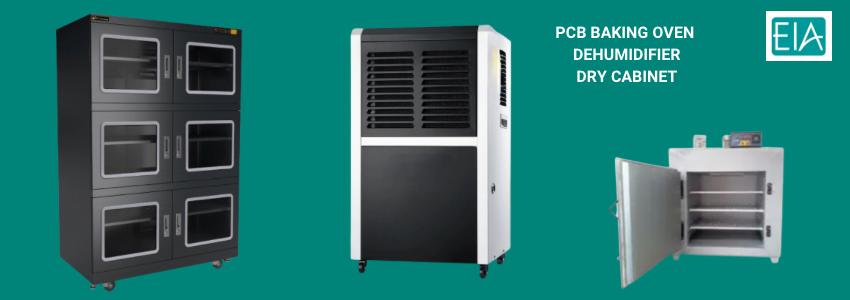In the realm of electronics, moisture and humidity pose significant threats to the reliability, performance, and longevity of printed circuit boards (PCBs). Excessive moisture ingress can lead to corrosion, delamination, electrical short circuits, and premature failure of electronic components, compromising the functionality and reliability of electronic devices. In this comprehensive guide, we delve into the technical intricacies and specifications of protecting PCBs from humidity and maintaining optimal moisture levels, empowering manufacturers to implement effective moisture protection strategies and safeguard the integrity of their electronic products.
Understanding the Impact of Humidity on PCBs:
Humidity, defined as the amount of water vapor present in the air, can adversely affect PCBs through various mechanisms, including:
Key Moisture Protection Strategies and Specifications:
Protecting PCBs from humidity and maintaining optimal moisture levels are critical aspects of ensuring the reliability, performance, and longevity of electronic devices. By implementing moisture protection strategies such as encapsulation, conformal coating, desiccant packs, humidity control, hermetic sealing, and potting, manufacturers can mitigate the risks associated with moisture ingress and safeguard the integrity of their PCBs.
EIA is the leading distributor of humidity control equipment for electronics manufacturing industry in India. We provide high quality and customized solutions for our customers based on their application and requirements.


